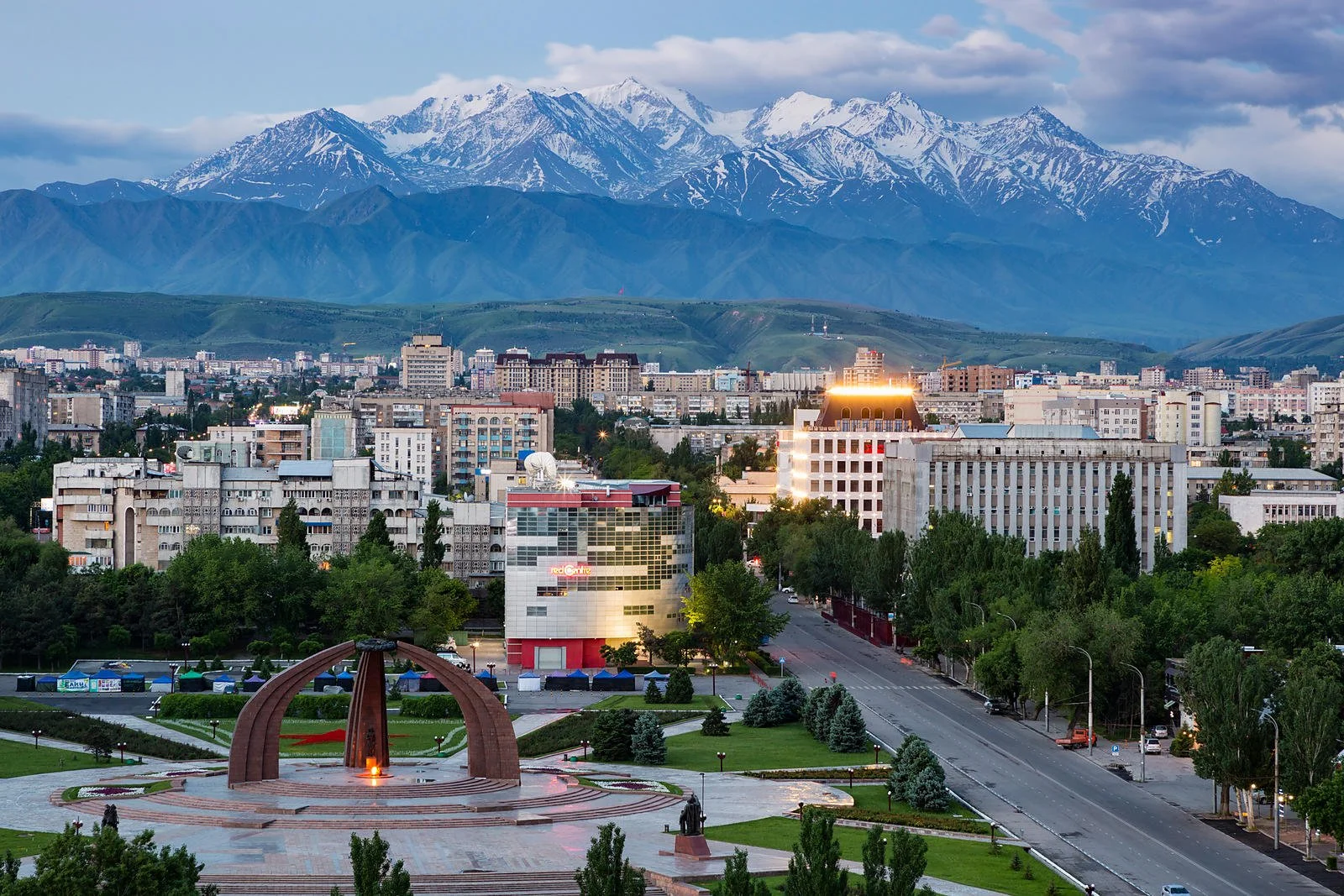EU Sanctions Target Central Asian Banks For the First Time
By Erlan Benedis-Grab | 14 November 2025
Summary
On 23 October 2025, the European Union (EU) unveiled its 19th sanctions package against the Russian Federation; one of the provisions targeted 5 banks located in Central Asia.
The decision underscores the EU’s growing willingness to pressure third countries facilitating the Russian Federation’s sanctions evasion.
The EU has shied away from using the language of “secondary sanctions” at this time, focusing on the language of targeted “transaction bans”. By framing measures in this way, the EU maintains pressure on third countries while avoiding accusations of extraterritoriality and minimising disruption to its economic partnerships.
Context
The EU has continued its extensive work in sanctioning Russia in October 2025, publishing its 19th sanctions package. This includes measures aimed at phasing out Russian Liquefied Natural Gas (LNG) by 2027 and hydrocarbons by 2026, targeting the Russian shadow fleet, additional export bans, and transaction bans that pressure entities in the United Arab Emirates (UAE), Hong Kong, and Central Asia.
Specifically, these measures target Dushanbe City Bank, Spitamen Bank and Tajikistan Commercial Bank in Tajikistan, Tolubay Bank and Eurasian Savings Bank in Kyrgyzstan, and the Kazakh VTB Bank Subsidiary in Kazakhstan. The sanctions will take effect on 12 November 2025. The EU’s decision continues a broader Western campaign to close sanction circumvention channels in Central Asia and follows the United States’ and the United Kingdom’s designations of Kyrgyz banks in 2025. Overall, this signals closer transatlantic coordination on sanction circumvention, despite the strained state of transatlantic relations.
The EU has opened new ground with the introduction of transaction bans targeting banks in Central Asia. Previously, it had shied away from targeting third countries, but has done so twice in 2025, targeting Chinese and now Central Asian Banks. Crucially, the EU, while effectively adopting secondary sanctions, has not used such language. Labelling measures as anti-circumvention or transaction bans pressure third countries without overtly shifting policy. Because Central Asia remains a frontier market, the EU should factor its economic ties to the region into its sanctions calculus, and crucially, whether they accelerate political alignment with Russia.
Implications
The immediate economic situation in Central Asia is not expected to be significantly affected by the transaction bans, thereby reducing the likelihood of substantial economic risk. In Kazakhstan, Deputy Chairman of the National Bank of Kazakhstan (NBK) Erulan Zhamaubayev stated that “VTB does not affect the country’s financial stability, and we do not expect serious risks for the economy”. Kazakhstan is more concerned about the spillover effects of recent U.S. sanctions on Russia’s energy sector, as it hosts numerous projects involving Lukoil and Rosneft. A significant political consideration lies in the potential for Central Asian blowback. Yet, the region is not uniform and each state will move in different directions, as such reactions across the region have varied.
Kyrgyzstan has already directly criticised sanctions by the EU and the U.S., President Japarov has labelled it as “one-sided sanctions pressure”. Tajikistan and Turkmenistan have adopted a muted or conciliatory tone, avoiding overt criticism of the EU. Kazakhstan noted that no Kazakh banks were sanctioned, but rather a Russian subsidiary, resulting in a muted response. The EU is pursuing a calibrated approach, tightening enforcement against Russian networks without alienating Astana. The EU is Kazakhstan's largest trade partner after all, and is more reluctant to make any disarming moves. Notably, Uzbekistan was missing from the EU sanctions package, as President Mirziyoyev wrapped up a historic diplomatic visit to Brussels. Tashkent touted its strict compliance with EU regulations, and Brussels’ omission effectively signals Uzbekistan as an increasingly important strategic partner.
Aitenir/Wikimedia Commons, CC0 1.0
Forecast
Short-term (Now - 3 months)
Central Asian states are likely to delay comprehensive sanction enforcement measures, viewing transaction bans in the EU’s 19th package as a warning rather than an escalation. Expect more declarations over additional substantive enforcement measures
Central Asian states are likely to preserve lucrative business with Russia, notwithstanding additional pressure.
The private sector spooked by sanction enforcement will likely pressure their governments to react.
Expect that in the short term, the EU is unlikely to publish additional sanctions against Central Asia, given the EU’s slow bureaucratic process.
Medium-term (3-12 months)
It is likely that there will be increased E.U. engagement in Central Asia. The EU can position itself as a reliable, pragmatic partner that respects Central Asian sovereignty.
Implementing more detailed sanctions enforcement will likely require trade-offs in efficacy. Slower transaction speeds, increased false positives, more rejected wire transfers and slower employee onboarding for example.
Most Central Asian states are likely to tighten compliance on paper to preserve EU/US market access, while trimming obvious Russia-facing channels of sanctions evasion.
Long-term (>1 year)
If additional sanctions compliance costs are significant and Western market access doesn’t compensate, there is a realistic possibility that Kyrgyzstan and Tajikistan could lean further into Moscow. Expect higher usage of Russian crypto
There is a realistic possibility that Uzbekistan continues to drift toward the EU/US, after there is a realistic possibility that the next step could be WTO accession.



